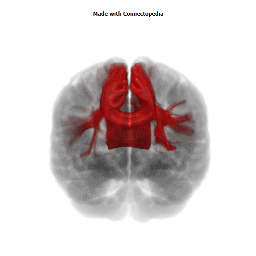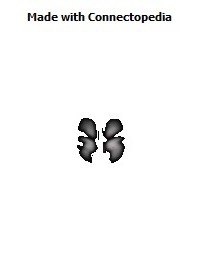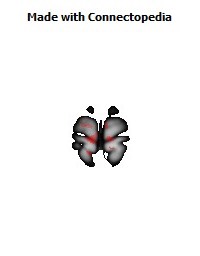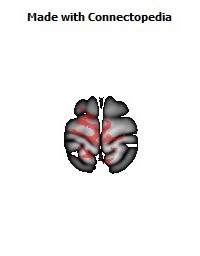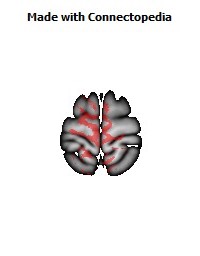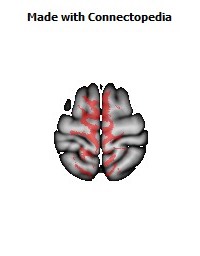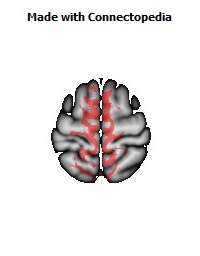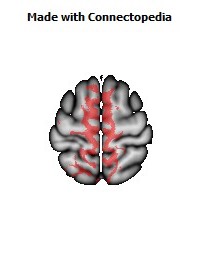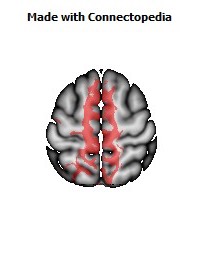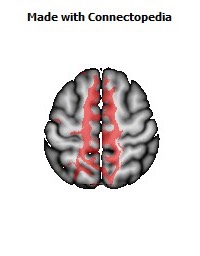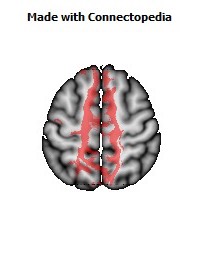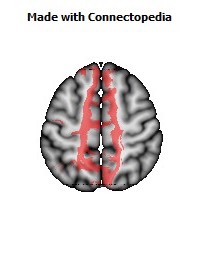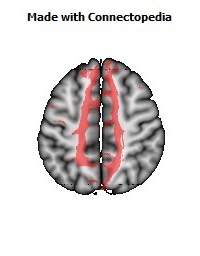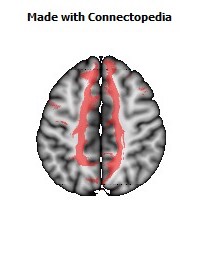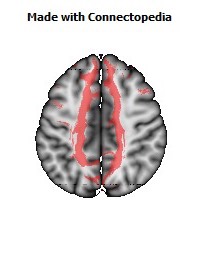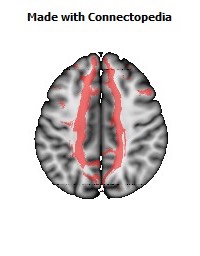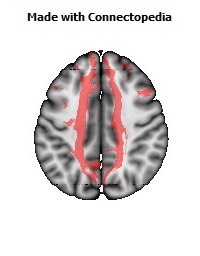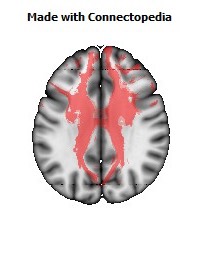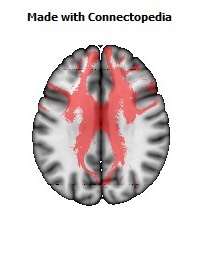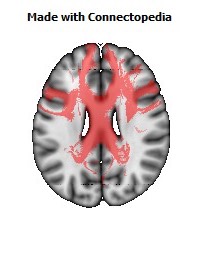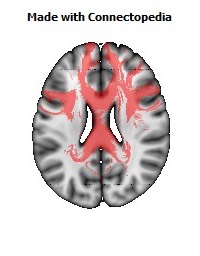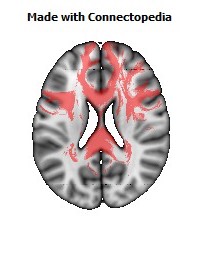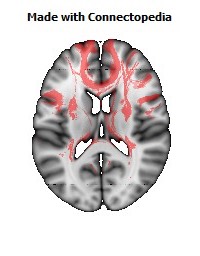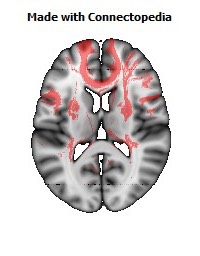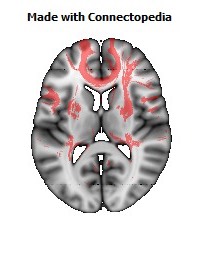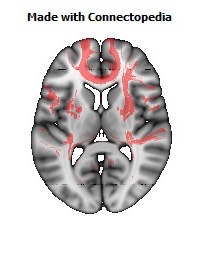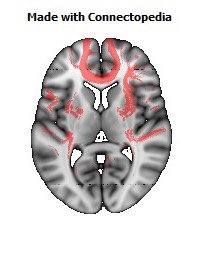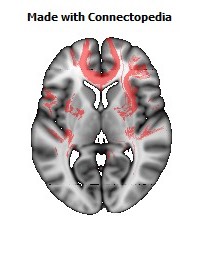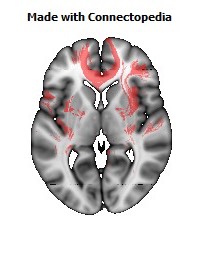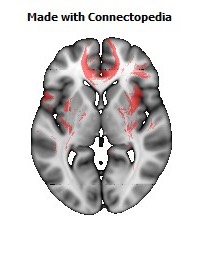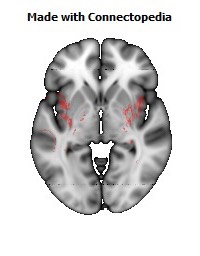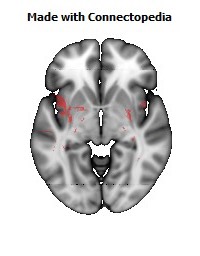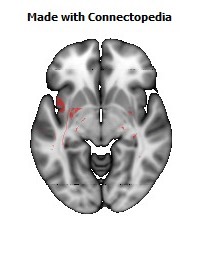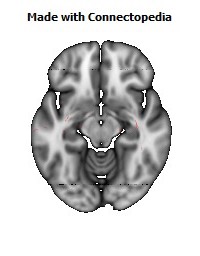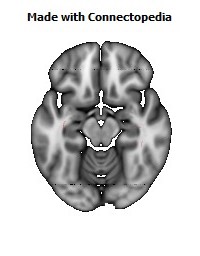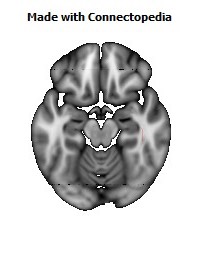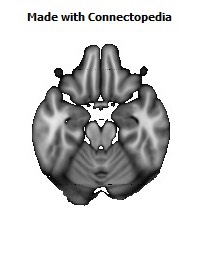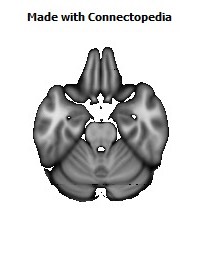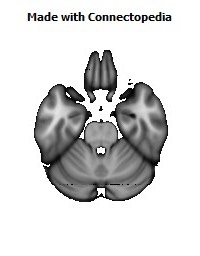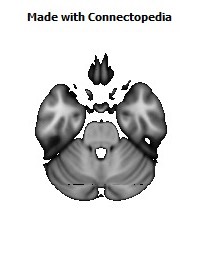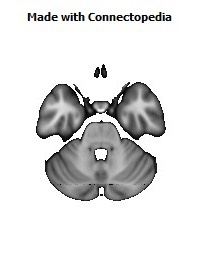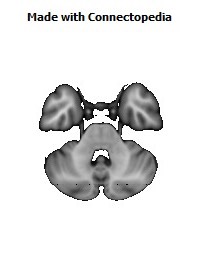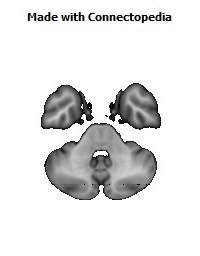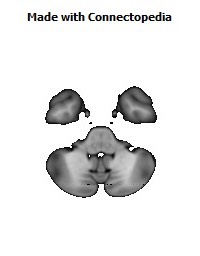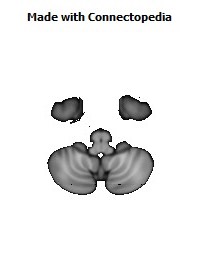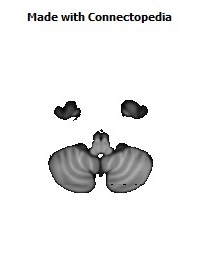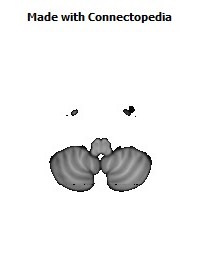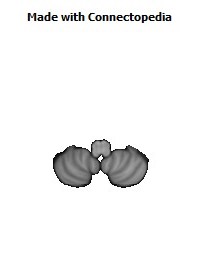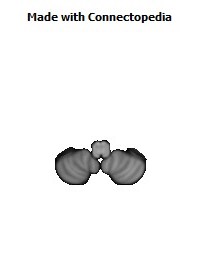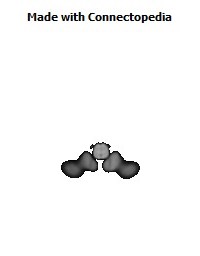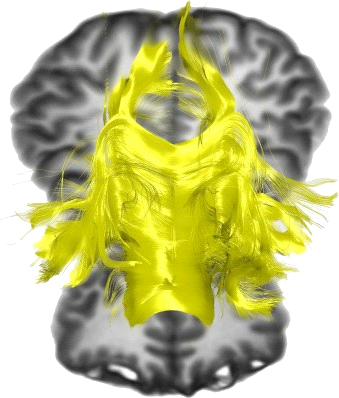
Our limited knowledge about the human brain can be attributed to its complex structure. Basically, the brain is divided into two halves or hemispheres, the right brain and left brain. Each of these cerebral hemispheres are assigned particular tasks related to various human body functions. While the right brain is mainly associated with random, holistic, or intuitive approach, the left brain is associated with analytical, logical, or rational approach. As for the corpus callosum, it is the part of the brain which bridges the two hemispheres.
Anatomy
Basically, corpus callosum is a wide, flat bundle of nerve fibers, located at the longitudinal fissure beneath the cortex, which acts a link between the two hemispheres of the brain and facilitates communication between them. The term corpus callosum means 'tough body' in Latin. With approximately 200 - 250 million contralateral axonal projections to its credit, it is the largest among the various white matter structures in the central nervous system.
The anterior portion of this structure is called 'genu', while the posterior structure is called 'splenium'. In between its anterior and posterior portions, lies the 'truncus', i.e., its body. Studies have revealed that the anterior of corpus callosum in left-handed people is 11 percent larger than that of right-handed people.
Function
The most important function of corpus callosum is to facilitate interhemispheric communication. Researchers believe that this structure of neural tissues in the eutherian brain is involved in a wide range of normal interhemispheric functions. While the functions of the right hemisphere differ from that of the left hemisphere, there has to be some connection between the two halves of the brain in order to facilitate proper functioning of the nervous system as a whole. This is where the corpus callosum comes into the picture. It facilitates this connection by acting as a bridge between the two hemispheres and transmitting information from one hemisphere to the other.
It also works in allocation of tasks to either hemispheres of the brain on the basis on their programming. In children, it is believed to play a significant role in lateralization of the brain, right from infancy. Studies also reveal that it is actively involved in the movement of eyes. Information about eye muscles and retinas is collected by this structure and sent to the respective areas of the brain where it is processed. While this information is being processed by the two hemispheres, the corpus callosum ensures that the flow of information between the two is fast and accurate.
There is no doubt about the fact that it has several functions attributed to it, but then it is also responsible for the spread of epilepsy seizure impulses from one hemisphere of the brain to the other. In order to prevent this interhemispheric spread of epilepsy, the corpus callosum is severed in what is referred to as corpus callosotomy.
Abbreviated as ACC, agenesis of the corpus callosum is a rare congenital disorder which occurs when the development of corpus callosum is disrupted in course of pregnancy. (Agenesis means failed or imperfect development.) The condition may reflect on the individual's behavior in the form of mild to severe cognitive deficits. The problem though, is that it goes undiagnosed for several years and those affected by it mostly lead normal lives.
Any damage caused to this part can have some implications on various body functions. But then, the fact that it is located right in the middle of the two halves of the brain makes it relatively less vulnerable to damage. If the region wherein the corpus callosum connects to the right brain is damaged, it affects various right brain functions, and vice versa.
